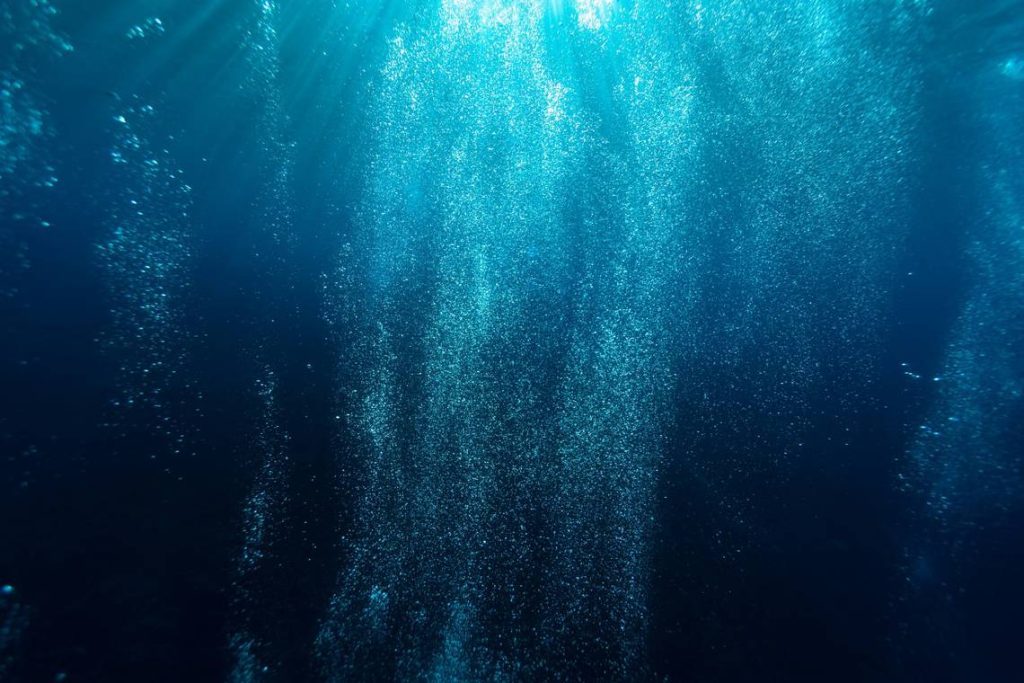A new species of shark, known as the Dichichthys satoi or roughback bristle shark, was discovered by scientists surveying the depths of the western Pacific Ocean. These sharks reach about 3 feet, 5 inches in length and have rough, spiky bodies covered in large spike-like structures. They have about 200 teeth and a brownish-gray coloring with white-edged fins. Female roughback bristle sharks were found pregnant with three eggs, which were golden brown in color and banana shaped. Analysis of one shark’s stomach contents revealed fish and octopus beaks, indicating that they are predators. The new species has only been found off the western coast of New Zealand’s North Island at depths between 2,200 feet and 3,900 feet.
Researchers named the new species after Keiichi Sato, a researcher at the Okinawa Churaumi Aquarium, for his extensive work on deepwater catsharks. The roughback bristle shark was identified based on its size, coloring, body shape, texture, teeth, egg cases, and DNA. The research team, which included William White, Andrew Stewart, Helen O’Neill, and Gavin Naylor, also identified a new family of sharks known as Dichichthyidae, or bristle sharks. The surveys conducted between 1985 and 2019 led to the discovery of this new species, adding to the thousands of new species found each year. The roughback bristle shark’s characteristics and habitat make it a unique addition to the underwater ecosystem of the western Pacific Ocean.
The roughback bristle shark has a distinctive appearance with its rough, spiky body and large spike-like structures covering its firm body. Photos show the brownish-gray coloring and white-edged fins of these sharks. Female roughback bristle sharks were found carrying three golden brown, banana-shaped eggs, indicating their reproductive behavior. When researchers analyzed the stomach contents of one shark, they found evidence of predation with fish and octopus beaks. The new species has only been observed off the coast of New Zealand at depths between 2,200 feet and 3,900 feet, making it a rare and intriguing find in the deep sea environment.
The new species, a roughback bristle shark, was discovered during surveys conducted in the western Pacific Ocean by a team of researchers. These sharks are referred to as large due to their size of about 3 feet, 5 inches in length and their distinctive appearance with rough bodies covered in spikes. Pregnant female roughback bristle sharks were found carrying three eggs in golden brown, banana-shaped cases. Analysis of one shark’s stomach contents revealed evidence of predation with fish and octopus beaks. The new species has unique characteristics and a habitat range between 2,200 feet and 3,900 feet deep off the western coast of New Zealand’s North Island.
The roughback bristle shark was named after Keiichi Sato, a researcher at the Okinawa Churaumi Aquarium, to honor his significant contributions to the field of deepwater catsharks. The identification of the new species was based on various factors including size, coloring, body structure, texture, teeth, egg cases, and DNA analysis. The research team, consisting of William White, Andrew Stewart, Helen O’Neill, and Gavin Naylor, also established a new family of sharks known as Dichichthyidae, or bristle sharks. The discovery of this new species adds to the ongoing efforts to document and understand the diverse marine life present in the world’s oceans, highlighting the importance of conservation and exploration initiatives.


